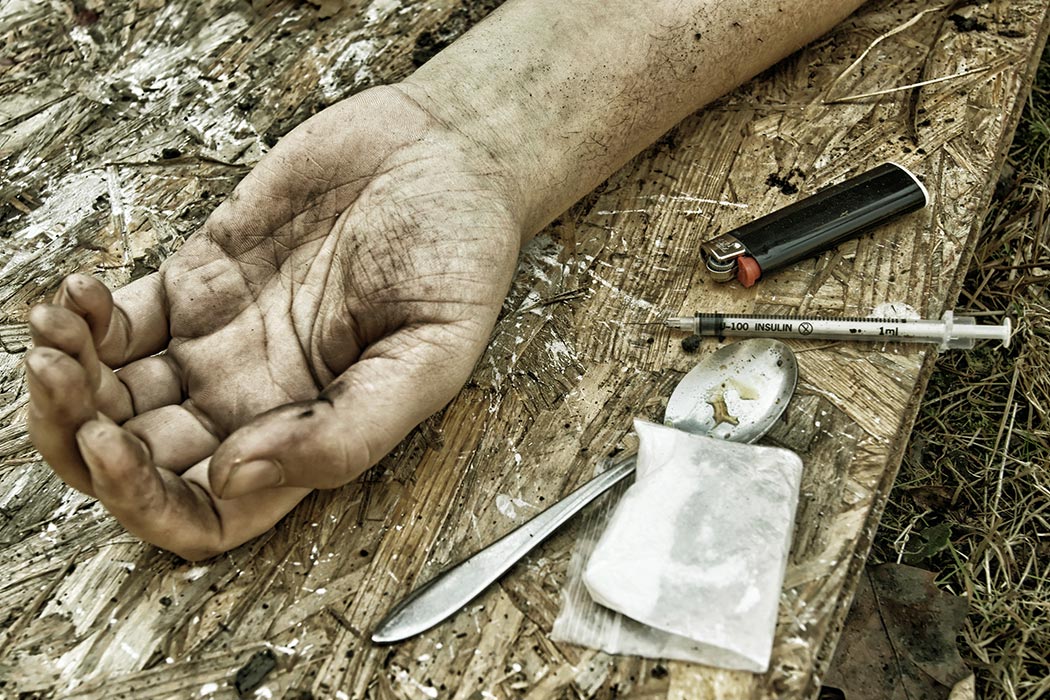For the first time since the Vietnam War era, young white adults are dying at a rate higher than the generation that preceded them. After analyzing 60 million death certificates from 1990 to 2014, the New York Times found that the death rate for this demographic is the highest it has been since the AIDS epidemic.
And drug overdoses are largely to blame.
The Times cites “startling” figures: the overdose death rate of whites between the ages of 25 to 34 had increased five times from 1999 to 2014. For a slightly older demographic—those between the ages of 35 to 44—the overdose death rate tripled. This increase is due largely to the narcotics epidemic.
In the 1980s, heroin overdose was a central topic of interest for researchers studying drug abuse. From about April 1979 to December 1982, Washington, D.C. experienced an epidemic of heroin-related deaths, with a mortality rate hitting 17.4 people per 100,000—possibly the highest rate recorded at the time.
Researchers A. James Ruttenber and James L. Luke analyzed the death records, autopsies, toxicology reports, and other health documents related to these deaths to tease out what was responsible for this sudden increase. They were able to identify certain contributing factors that increased the risk of drug-related deaths, including:
Alcohol
Ruttenbar and Luke found that the combination of heroin and alcohol was especially lethal when compared to just heroin use alone. Those who died during the epidemic were 22 times as likely to have blood alcohol concentrations greater than 100 mg per 100 ml, providing statistically significant evidence that the combination of alcohol and heroin greatly increases the risk of overdose and death.
Potency vs. Price
Another reason for the rise in deaths was that the potency of heroin being sold on the street during the epidemic increased while its price remained constant (the researchers didn’t speculate as to why the potency increased). Other research suggests that many heroin users are either continuously addicted, or going through a period of “strict abstinence” during which they might be particularly susceptible to a strong dose—a relapse that could become deadly.
Quinine
The researchers also analyzed whether quinine—often used in heroin preparation—increased the risk of death the way alcohol does. Though past research suggests that quinine plays no role in the mortality rates, the researchers found statistically significant evidence to suggest that both the concentration and quantity of quinine per package of heroin had an impact on the death toll during the earliest stages of the epidemic.







